1. Ford Pinto (1971 to 1980+)
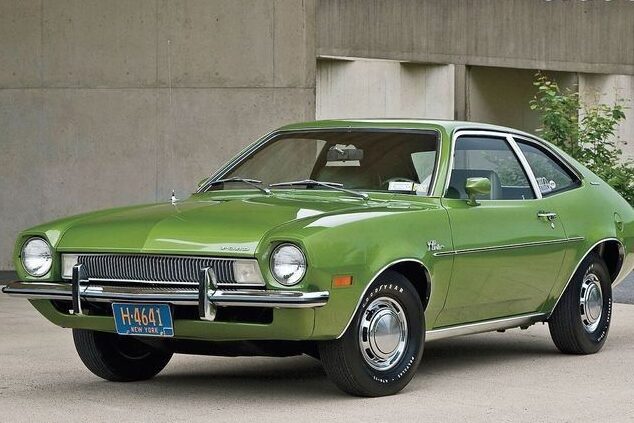
The seventies and eighties gave us some unforgettable cars, but not always for good reasons. Some were quirky, others unsafe, and many left people asking what the designers were thinking. A perfect place to begin is the Ford Pinto, a car meant to be affordable and compact. Sadly, it is remembered more for its dangerous fuel tank design that made it catch fire when rear ended. Despite early success in sales, the Pinto became a symbol of neglect. It showed how rushing cars to market could ruin trust, leaving a legacy nobody really wanted attached to their name.
2. AMC Pacer (1975 to 1980)
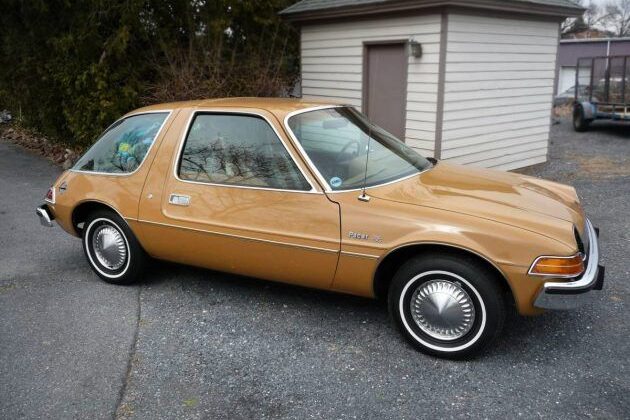
The AMC Pacer was a car that stood out, though not always in ways its makers hoped. With its wide body and enormous glass windows, people joked it looked more like a rolling aquarium than a car. It was heavy, awkward, and its styling felt out of step with buyers. While AMC thought it would be futuristic, the public just thought it was odd. It never found its footing in the market and became the subject of endless jokes. Today, it is remembered as a peculiar symbol of design experiments that just did not connect with everyday drivers.
3. DeLorean DMC 12 (1981 to 1983)
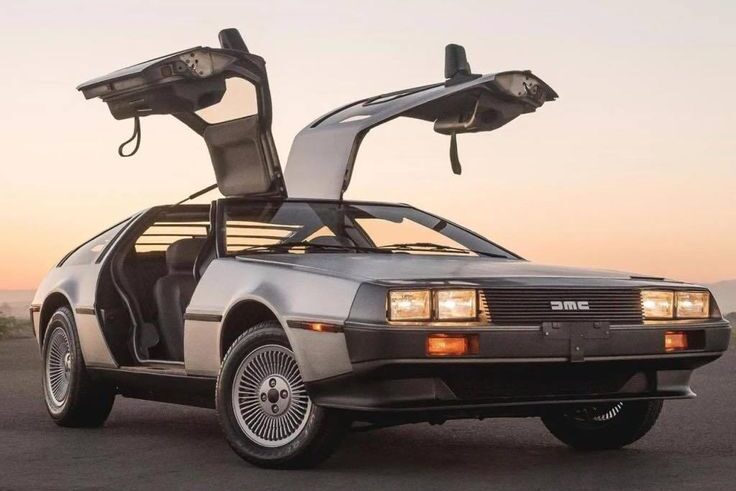
The DeLorean DMC 12 came with promises of sleek stainless steel panels and attention grabbing gull wing doors, but the reality was disappointing. Its V6 engine was sluggish, and reliability was a constant frustration. Despite its striking look, buyers expected performance to match and were left underwhelmed. The company also suffered a messy corporate downfall that left the car tainted. Only later did movies give the DeLorean a second life, making it a cult favorite. Still, when it first arrived, people were baffled that something so bold in style could be so uninspired in everyday driving experience.
4. Yugo GV (1985)
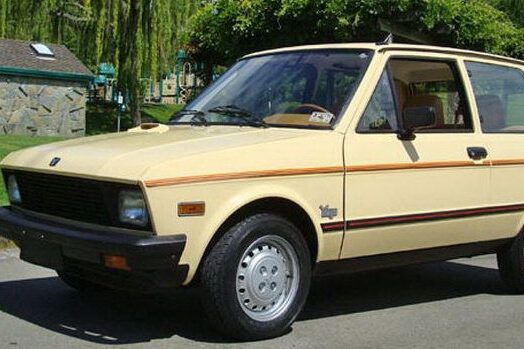
When the Yugo GV came to America, it was marketed as the most affordable new car you could buy. At first, buyers were curious about the little car from Yugoslavia, but curiosity turned quickly into regret. The car was cheaply built, unreliable, and constantly breaking down. Many who owned one recalled spending more time at the mechanic than on the road. While its low price made headlines, its quality sealed its fate as a national joke. Instead of being a stepping stone for first time buyers, it became a symbol of what not to do in car manufacturing.
5. Cadillac Cimarron (1982)
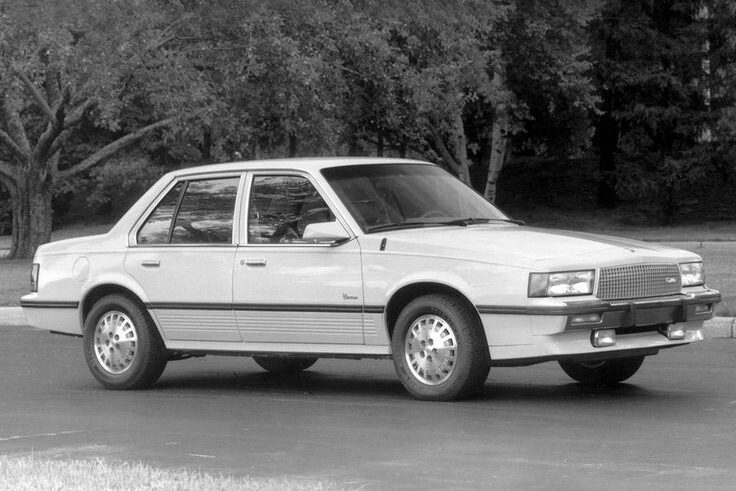
The Cadillac Cimarron was created to lure younger drivers to the brand, but the plan backfired badly. Underneath, it was essentially a modest Chevrolet Cavalier dressed up with Cadillac trim and a high price tag. Buyers who expected luxury quickly realized they were paying for something ordinary. Critics slammed it for lacking the comfort and distinction Cadillac was known for. This attempt at attracting a new audience instead damaged the brand’s image. The Cimarron is often cited as one of Cadillac’s biggest mistakes, a reminder that simply rebranding a cheaper car does not create real quality or class.
6. Chevrolet Chevette (1976 to 1987)
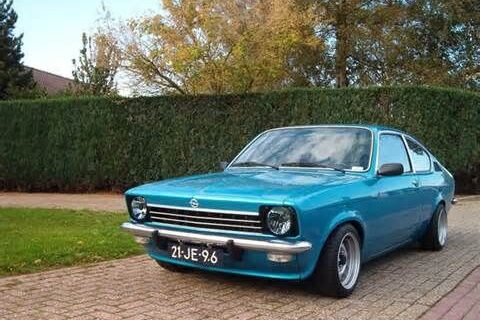
The Chevrolet Chevette was America’s small car for over a decade, and while it sold in big numbers, few ever loved it. Built to be economical during the fuel crisis, it was noisy, slow, and not particularly reliable. Drivers joked about how it struggled to climb hills or merge on highways. Yet, because it was cheap and practical, many families ended up owning one. It filled a need rather than a dream, becoming more of a memory of compromise than pride. Today, it is remembered not with affection but with a shrug, as the car people bought reluctantly.
7. Chrysler TC by Maserati (1989 to 1991)
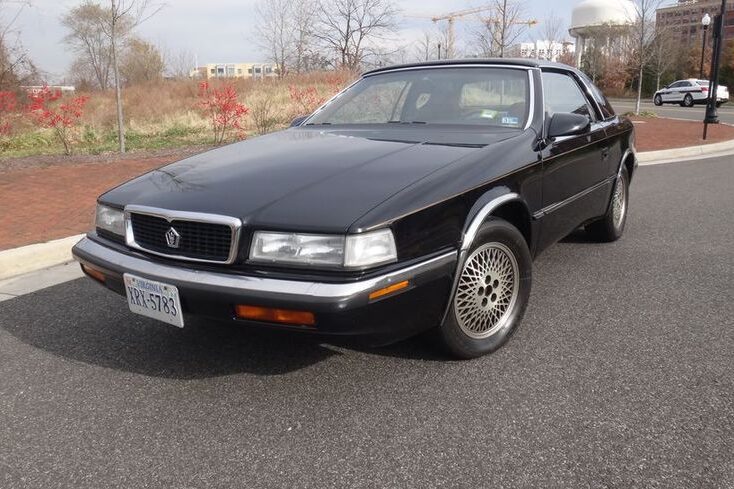
The Chrysler TC by Maserati was intended to blend Italian luxury with American practicality, but it left buyers confused. It looked very similar to Chrysler’s existing LeBaron, yet carried a much higher price tag. People wondered what justified the cost, since it lacked the performance or exclusivity to match its billing. Sales were poor, and it failed to capture the elegance Maserati was known for or the accessibility Chrysler promised. Instead, it ended up feeling like an overpriced oddity. The TC serves as a reminder that collaborations between carmakers can sometimes result in products that satisfy no one.
8. Ford EXP (1982 to 1988)
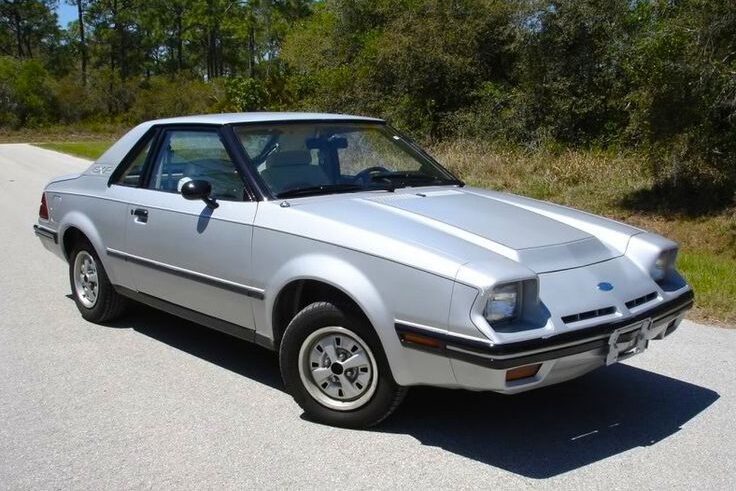
The Ford EXP was supposed to bring sportiness to a smaller, fuel-efficient package, but the result left buyers cold. Based on the Escort, it had two seats and the look of a sporty coupe, but it did not deliver excitement behind the wheel. Performance was underwhelming, and the style failed to make it stand out among true sports cars of the era. Ford hoped to attract younger buyers who wanted fun and affordability, but those drivers were not impressed. The EXP quietly disappeared, proving that you cannot simply market a car as sporty without real substance.
9. Pontiac Fiero (1984 to 1988)
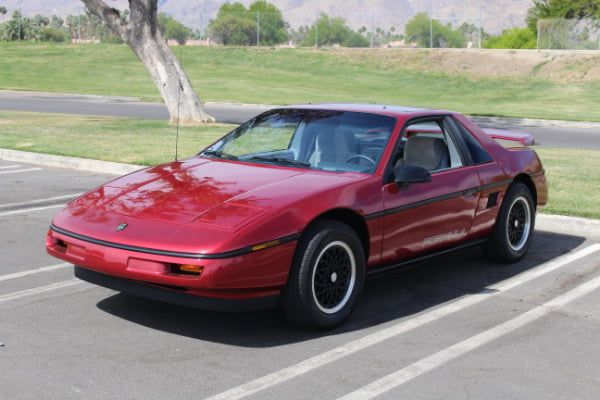
The Pontiac Fiero started with promise as an affordable mid engine sports car, something unusual for American automakers at the time. Drivers were excited by its bold look and layout, but reality quickly hit. The early models were plagued with engine fires and mechanical problems that hurt its reputation. Even though later versions improved, the damage was already done. Many who wanted something fun and sporty were left frustrated. The Fiero could have been a pioneer, but instead it is remembered as a classic case of missed opportunity mixed with poor execution and unfortunate design flaws.
10. Subaru Brat (1978 to 1987)
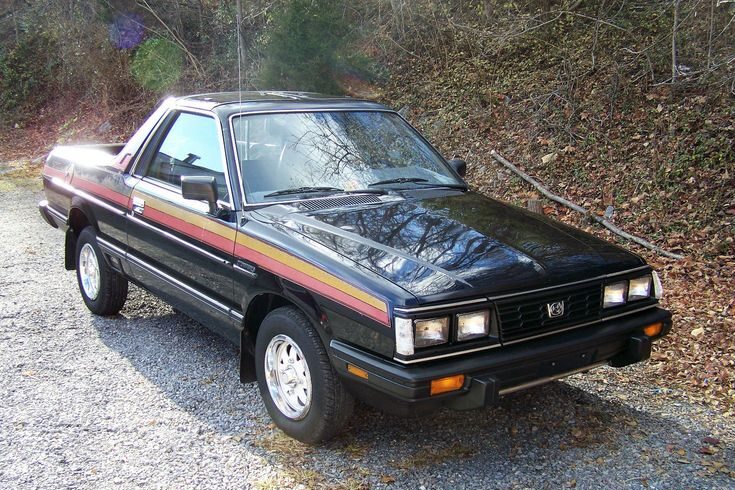
The Subaru Brat looked like a quirky little pickup with a twist, and that twist was unusual seating. To get around import tariffs, Subaru added two small jump seats in the truck bed, complete with seat belts. It was a solution that looked clever on paper but odd in reality. Riding in the back was uncomfortable and even unsafe, leaving many scratching their heads. While the Brat gained some charm with its uniqueness, it was not a practical choice for most buyers. It remains a curious reminder of the creative, if sometimes questionable, ideas carmakers experimented with.
11. Chevrolet Citation (1980 to 1985)
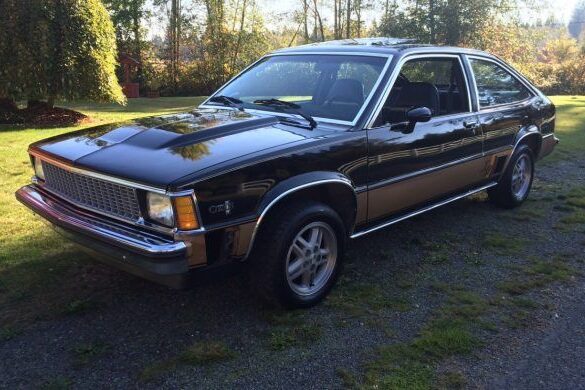
The Chevrolet Citation was launched as part of GM’s bold new X car line, meant to showcase modern front wheel drive design. At first, it seemed to be a success, even winning Motor Trend’s Car of the Year in 1980. However, reality set in as the cars were riddled with recalls and serious reliability problems. Issues like faulty brakes and transmission failures ruined the trust buyers had in them. The excitement quickly faded, and sales crashed. The Citation became one of GM’s most disappointing launches, remembered as an example of how hype can crumble under poor execution.
12. AMC Gremlin (1970 to 1978)

The AMC Gremlin entered the market as a small car option, but its odd proportions made it stand out for all the wrong reasons. With a chopped off rear end and awkward styling, many thought it looked unfinished. AMC promoted it as a fun alternative, but the Gremlin was plagued with reliability problems and did little to impress in performance. Still, its quirky design gave it some charm in hindsight, though mostly as a joke. While some see it as a nostalgic oddball today, at the time it only fueled AMC’s reputation for strange and poorly executed experiments.
13. Lincoln Versailles (1977 to 1980)
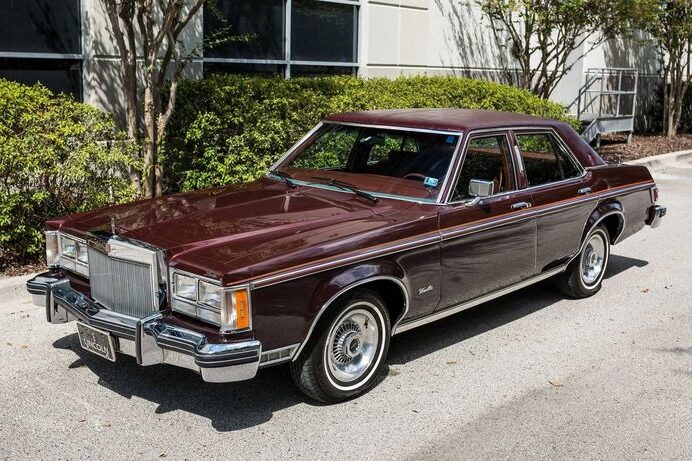
The Lincoln Versailles was Ford’s attempt to compete with Cadillac’s smaller Seville, but it fell flat. Underneath the luxury badge, it was essentially a dressed up Ford Granada, and buyers quickly noticed. It lacked the refinement and distinctiveness people expected from Lincoln, especially at its price. Sales were unimpressive, and critics dismissed it as a lazy attempt to copy Cadillac’s success. The Versailles quietly faded away after a few years, leaving behind little but disappointment. It showed that luxury buyers wanted real quality and innovation, not a familiar car disguised with fancier trim and a more expensive nameplate.
14. Mercury Bobcat (1975 to 1980)
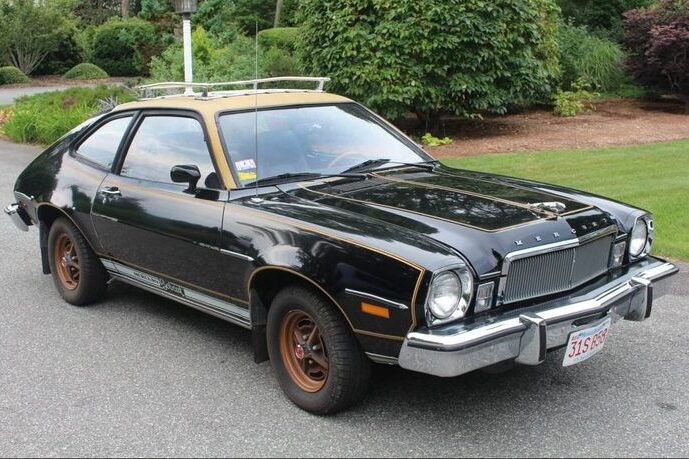
The Mercury Bobcat was a car many people hardly remember, and that is probably for the best. It was essentially a rebadged Ford Pinto, complete with the same dangerous fuel tank flaw that gave its twin such a notorious reputation. Buyers who might have chosen it over the Pinto for variety got no improvement in safety or quality. In fact, it was even more forgettable since it lacked any real identity of its own. The Bobcat quietly disappeared without much fuss, serving mostly as a reminder that copying a flawed design does not solve the problem or win loyalty.
15. Dodge Aspen and Plymouth Volaré (1976 to 1980)
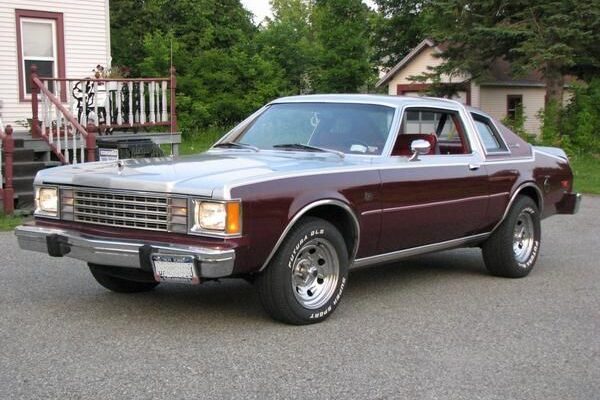
The Dodge Aspen and Plymouth Volaré were introduced with big expectations, even winning Motor Trend’s Car of the Year in 1976. Unfortunately, they quickly gained a reputation for constant recalls and reliability headaches. Rust problems, stalling engines, and poor build quality left owners frustrated. Despite their attractive looks and comfort, the never ending mechanical issues overshadowed any positives. Both models were supposed to represent Chrysler’s strong comeback, but instead they hurt the brand’s image even further. They remain remembered more for what went wrong than for what they offered, a lesson in how quickly trust can be lost.
16. Peugeot 505 (1979 to 1991)
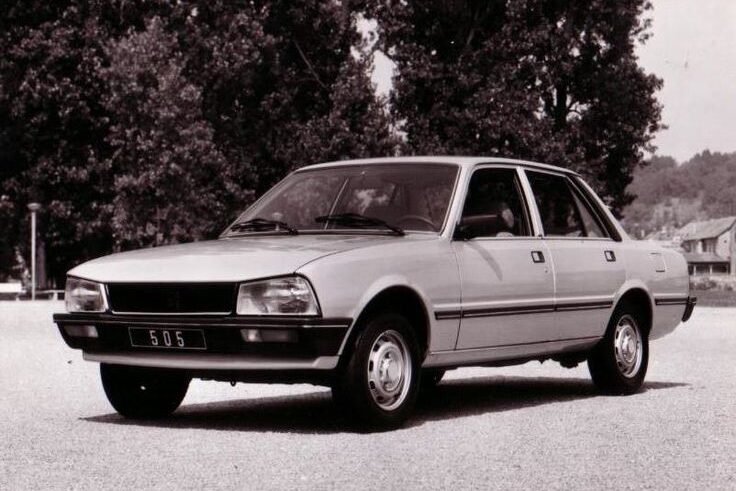
The Peugeot 505 was a European import that promised smooth handling and a refined ride, but in the United States it fell short of expectations. Buyers were drawn to its French suspension and sleek styling, yet reliability issues made ownership frustrating. Parts were hard to find, and repairs were costly, leaving many regretting the purchase. While it held on for over a decade, it never gained real traction in the American market. The 505 stands as a reminder that charm and elegance alone cannot make up for dependability, especially when competing with more practical and accessible alternatives.
17. Ford Mustang II (1974 to 1978)
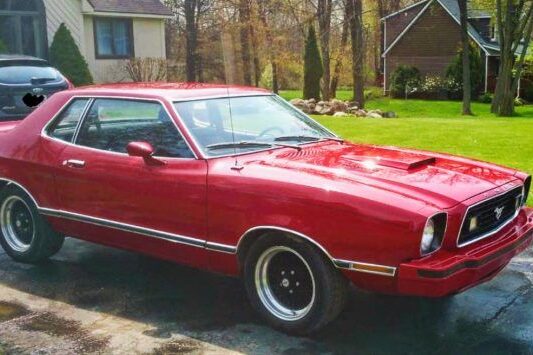
The Ford Mustang II arrived during the fuel crisis, and while it made sense at the time, it alienated fans of the original Mustang. Downsized and built on an economy car platform, it lacked the power and excitement people associated with the Mustang name. Though it sold well initially due to rising fuel costs, enthusiasts felt let down. The Mustang II became known as the least loved generation, more of a compromise than an icon. It highlights how trying to adapt too quickly to trends can sometimes strip away the very spirit that made a car beloved in the first place.
18. Volkswagen Dasher (1974 to 1981)
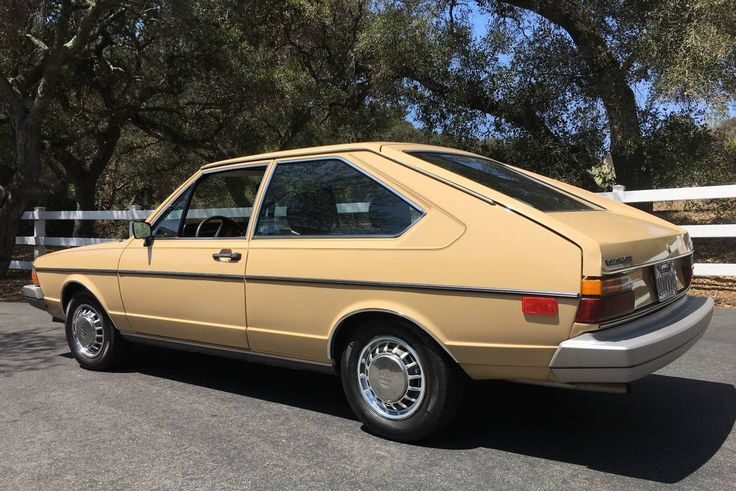
The Volkswagen Dasher was VW’s early attempt at expanding beyond the Beetle, but it struggled to win over American buyers. Known elsewhere as the Passat, it brought a quirky name and front wheel drive practicality, but reliability issues quickly overshadowed its promise. Rust was a major problem, and mechanical troubles made it costly to maintain. While it offered something different in design, it simply could not hold up against competitors who delivered more consistent dependability. The Dasher ended up as a stepping stone in VW’s lineup, but one most buyers were happy to forget once newer models arrived.
19. Dodge Omni and Plymouth Horizon (1978 to 1990)
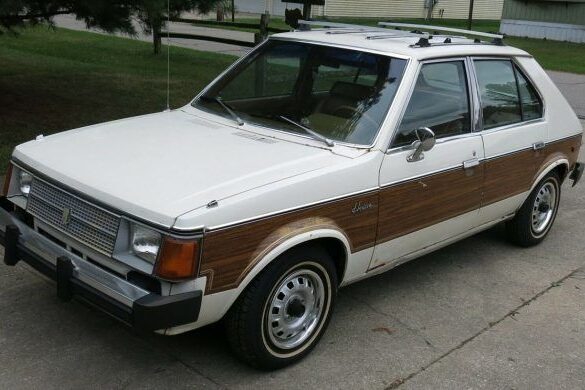
The Dodge Omni and Plymouth Horizon were Chrysler’s response to the small hatchback craze, meant to compete with cars like the Volkswagen Rabbit. At first, the idea seemed strong, with front wheel drive and practical size. However, the cars were plagued with build quality issues, leaving many frustrated. They lacked the charm and solid engineering of their European counterparts, and while sales were decent, they never inspired loyalty. Instead, they were remembered as bland and troublesome. These cars showed that being first to copy a trend was not enough if the execution left buyers unimpressed and often disappointed.
20. Oldsmobile Omega (1973 to 1984)
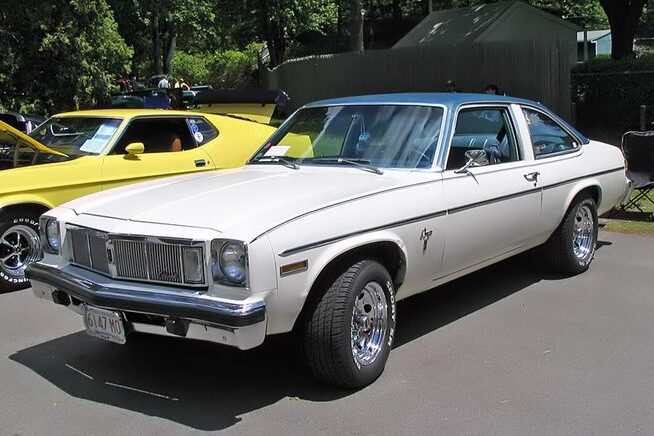
The Oldsmobile Omega was another example of GM’s habit of badge engineering, offering a car that looked familiar under different names. Essentially a clone of other X body cars, it failed to stand out on its own. Buyers saw little reason to pick it over similar models from Chevrolet, Buick, or Pontiac. The lack of originality and recurring reliability problems made it easy to forget. Instead of carving out a niche, the Omega ended up blending into the background. Its story is a reminder of how spreading the same design across brands only weakens the identity of each one.
21. Bricklin SV 1 (1974 to 1976)
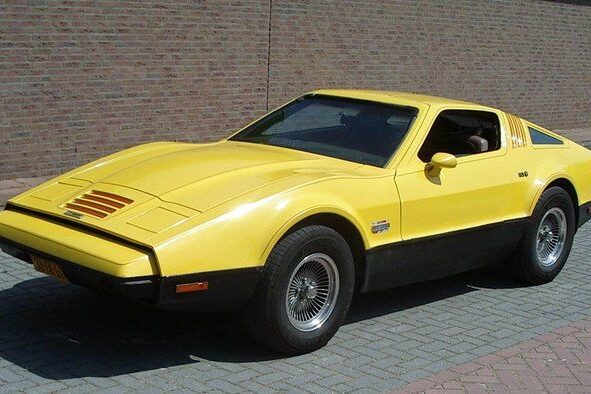
The Bricklin SV 1 was a Canadian built sports car that turned heads with its gull wing doors and safety themed design. Unfortunately, it was far better in concept than execution. Mechanical issues plagued the car from the start, and quality control was poor. Production delays and high costs also made it difficult to sustain. Though its styling was striking, it could not live up to the expectations of buyers who wanted performance to match the looks. The SV 1 disappeared after only a couple of years, remembered mostly as a bold dream that simply could not deliver.
22. Triumph TR7 (1975 to 1981)
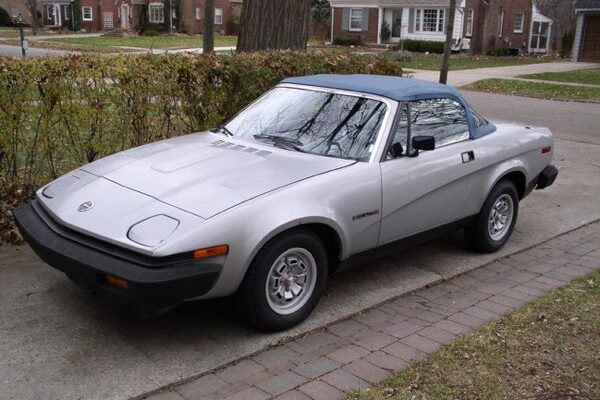
The Triumph TR7 was advertised as “the shape of things to come,” but what came was disappointment. Its wedge shaped body was unique for the time, but constant electrical and mechanical failures made owning one a nightmare. Reliability issues overshadowed the sporty image it tried to project, leaving many buyers frustrated and mechanics busy. While some appreciated its daring design, most found it difficult to keep on the road. The TR7 ended up hurting Triumph’s reputation instead of strengthening it, standing today as a reminder that futuristic styling is meaningless if the basics of quality are overlooked.
23. Renault Fuego (1982 to 1985)
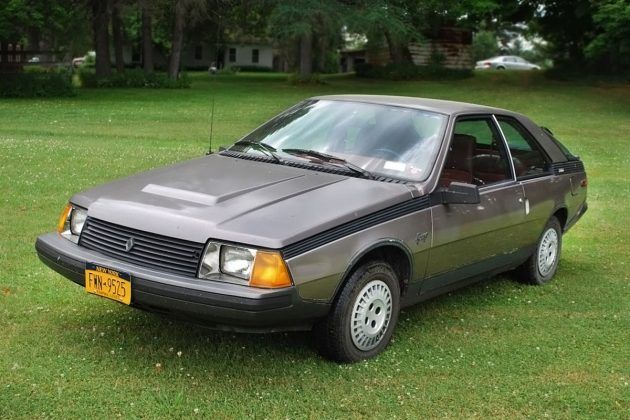
The Renault Fuego entered the American market as a stylish European sports coupe, but it never lived up to its looks. Sleek lines gave it presence, yet under the hood it was underpowered and disappointing to drive. Reliability issues only made matters worse, and buyers quickly lost interest. Despite strong advertising campaigns, it failed to connect with the audience it was meant for. The Fuego is remembered less for its performance and more for the way it symbolized style without substance. Its short run showed how appearances alone could not save a car with deeper flaws inside.
24. Dodge Rampage (1982 to 1984)
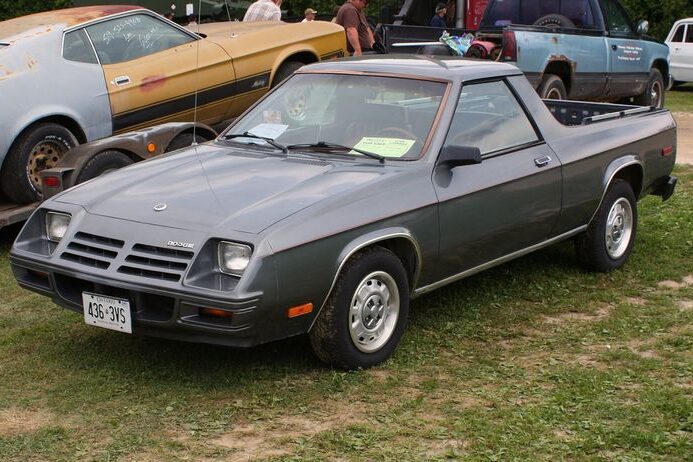
The Dodge Rampage was Chrysler’s attempt to create a small front wheel drive pickup, but it puzzled more buyers than it attracted. Built on a compact car platform, it lacked the strength or utility people expected from a truck. It was neither rugged enough for work nor stylish enough for leisure. As a result, it struggled to find an audience. Sales were low, and it quietly vanished after only a couple of years. The Rampage serves as a reminder that not every market experiment works, especially when the vehicle ends up pleasing neither car lovers nor truck enthusiasts.
25. Fiat Strada (1979 to 1982)
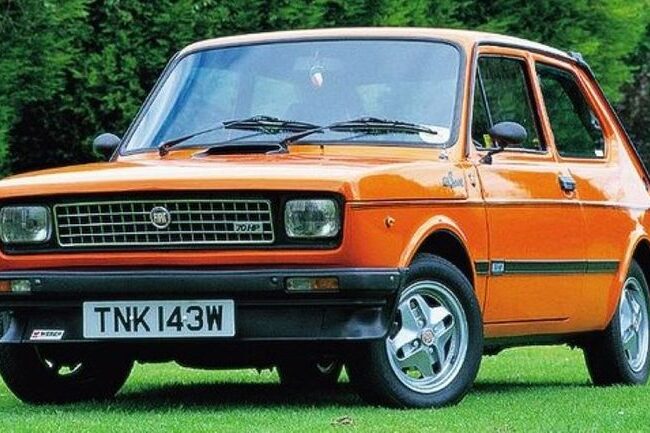
The Fiat Strada was introduced with bold claims of being built entirely by robots, which sounded futuristic at the time. Unfortunately, the reality was far less impressive. Owners complained about poor build quality, constant breakdowns, and rust problems that appeared almost immediately. The excitement of its high-tech production was quickly overshadowed by frustration in ownership. Though Fiat tried to make a mark in America with the Strada, it instead reinforced stereotypes about unreliability. Its legacy today is more of a curiosity, remembered for its marketing gimmick rather than for anything meaningful it brought to drivers on the road.
This story 25 Car Disasters from the ’70s and ’80s What Were They Thinking? was first published on Daily FETCH


